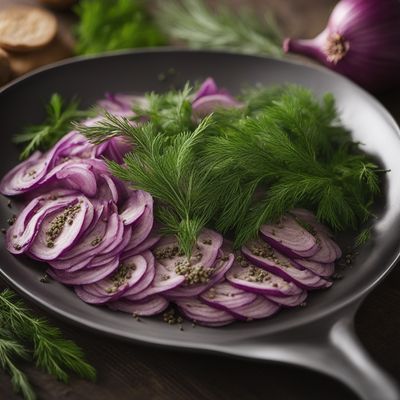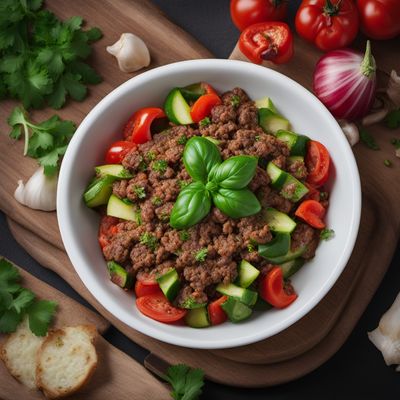
Dish
Plakali
Plakali is made by mixing cassava flour with water to form a dough. The dough is then shaped into small balls and boiled in water until they are cooked through. Plakali is a gluten-free and vegan-friendly dish that is high in carbohydrates and low in fat.
Origins and history
Plakali is believed to have originated from the Kpelle people of Liberia. It is a staple food in Liberia and is often served with soup or stew.
Dietary considerations
Plakali is gluten-free and vegan-friendly. It is also high in carbohydrates and low in fat.
Variations
There are many variations of plakali, including adding spices or herbs to the dough to give it more flavor. Some people also add vegetables or meat to the soup or stew that is served with the plakali.
Presentation and garnishing
Plakali is usually served in a ball shape and can be garnished with vegetables or herbs. It is often eaten with the hands, and the dough is used to scoop up the soup or stew.
Tips & Tricks
To make plakali, it is important to use the right ratio of cassava flour and water. The dough should be mixed well and cooked thoroughly to ensure that it is soft and elastic. It is also important to use clean water when cooking the dough to prevent contamination.
Side-dishes
Plakali is often served with soup or stew, such as pepper soup or palm nut soup. It can also be served with fish or meat dishes.
Drink pairings
Plakali can be paired with a variety of drinks, such as water, tea, or juice. It can also be paired with beer or palm wine.
Delicious Plakali recipes
More dishes from this category... Browse all »
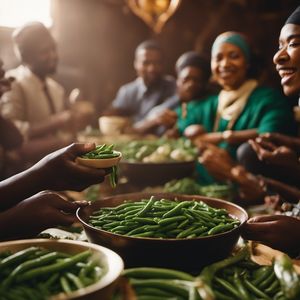
Abšmalcane mahune
Croatian cuisine
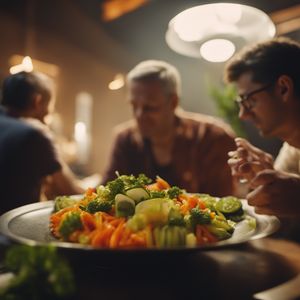
Acar
Indonesian cuisine
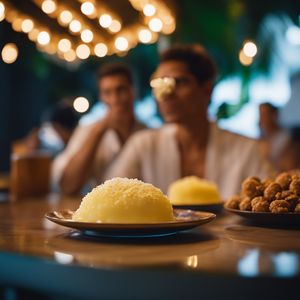
Acaçá
Brazilian cuisine

Agedashi tofu
Japanese cuisine

Akple
Ghanaian cuisine
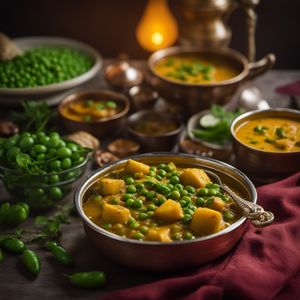
Aloo matar
Indian cuisine
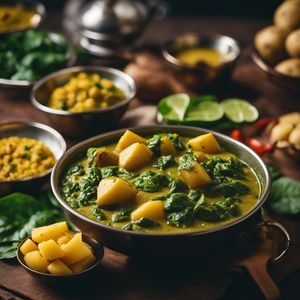
Aloo palak
Indian cuisine

Andijviestamppot
Dutch cuisine
More cuisines from this region... Browse all »

Albanian cuisine
Savory, Herbaceous, Tangy, Citrusy

Aromanian cuisine
Savory, Herbaceous, Tangy, Citrusy
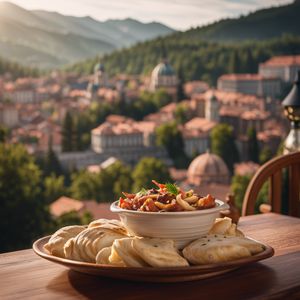
Bosnian cuisine
Rich, Savory, Smoky, Spicy, Tangy

Croatian cuisine
Fresh, Simple, Light, Tangy

Greek cuisine
Fresh, Flavorful, Tangy, Salty

Macedonian cuisine
Savory, Hearty, Spicy, Tangy, Rich
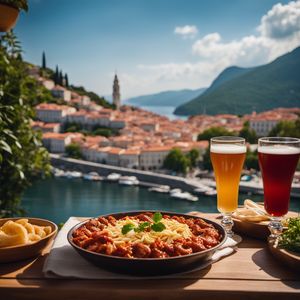
Montenegrin cuisine
Fresh, Light, Tangy, Savory
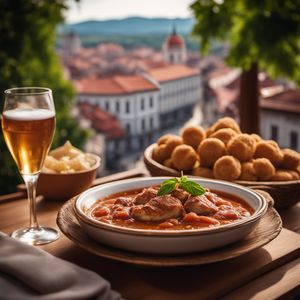
Serbian cuisine
Savory, Hearty, Spicy, Tangy, Rich
